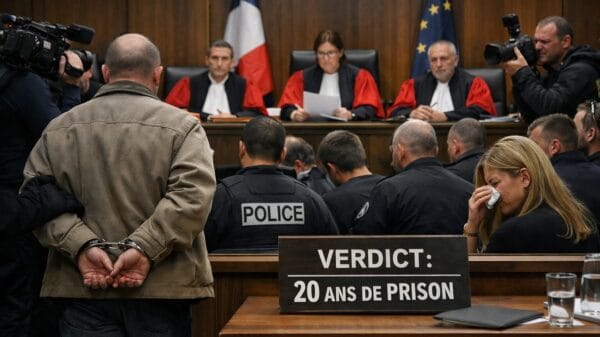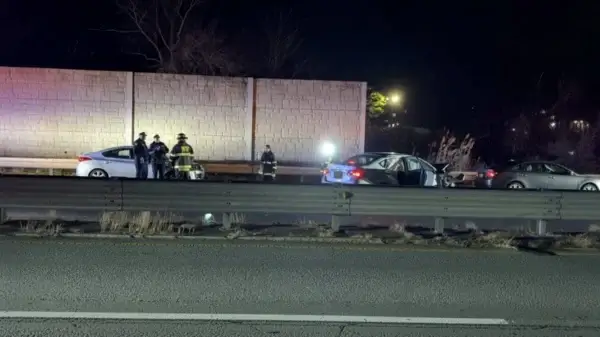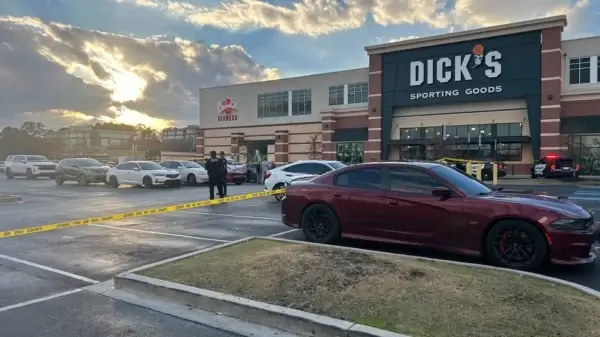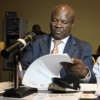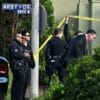Under one presidential administration, ICE prioritised violent criminals and serious threats; under the next, the focus appears to have broadened significantly — with more operations designed for television, aimed at deterring rather than simply enforcing. A former ICE director explains how today’s tactics differ — and what that means for communities, enforcement and the rule of law
When Discretion Was the Rule
During her tenure leading ICE from 2014-17, the agency operated quietly and strategically, concentrating on terrorists, aggravated felons and those posing clear dangers. Operations were planned, targeted — not designed for cameras. She recalls: “We weren’t out to make the news.” Under that model, agents didn’t walk into big-box stores and question large groups of people; they identified specific targets ahead of time.
Today, the approach appears less surgical and more sweeping, raising concerns among former agency leaders about whether the focus has shifted away from public-safety priorities.
The Rise of “Shock & Awe” Enforcement
The former director describes the current mode as “shock and awe” — heliborne deployments, camouflage-clad agents, flashy arrests caught on video, all designed to broadcast enforcement rather than simply carry it out. What she sees as the objective: not just law enforcement, but deterrence through fear.
She argues that when enforcement becomes performance art — built for news cameras and social-media clips — it departs from the institution-building focus of prior years. While that may spook individuals into staying off the streets, it also raises serious questions: Are we prioritising effect over justice? Are we subjecting communities to raids whose only aim is optics?
Legal Questions and What’s at Stake
One of the most serious concerns: whether these tactics are consistent with constitutional protections. The director points out that recent court decisions appear to permit enforcement based on appearance or language — a departure from previous norms. The worry: when enforcement is made for TV and not rooted in clear legal reasoning, the risk of profiling and rights violations increases.
She warns that without comprehensive immigration statute overhaul — rather than “Band-Aid” fixes — every administration will continue to simply “do their thing,” and enforcement will keep swinging from one extreme to another. Reformers, she says, should demand both a secure border and a rational process for letting workers enter and remain lawfully.








